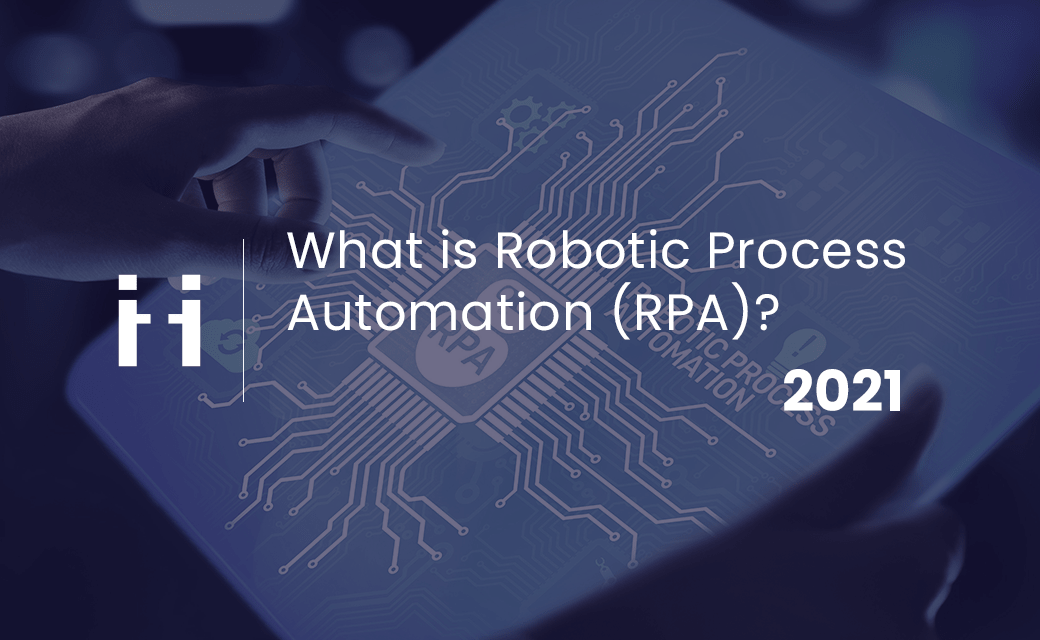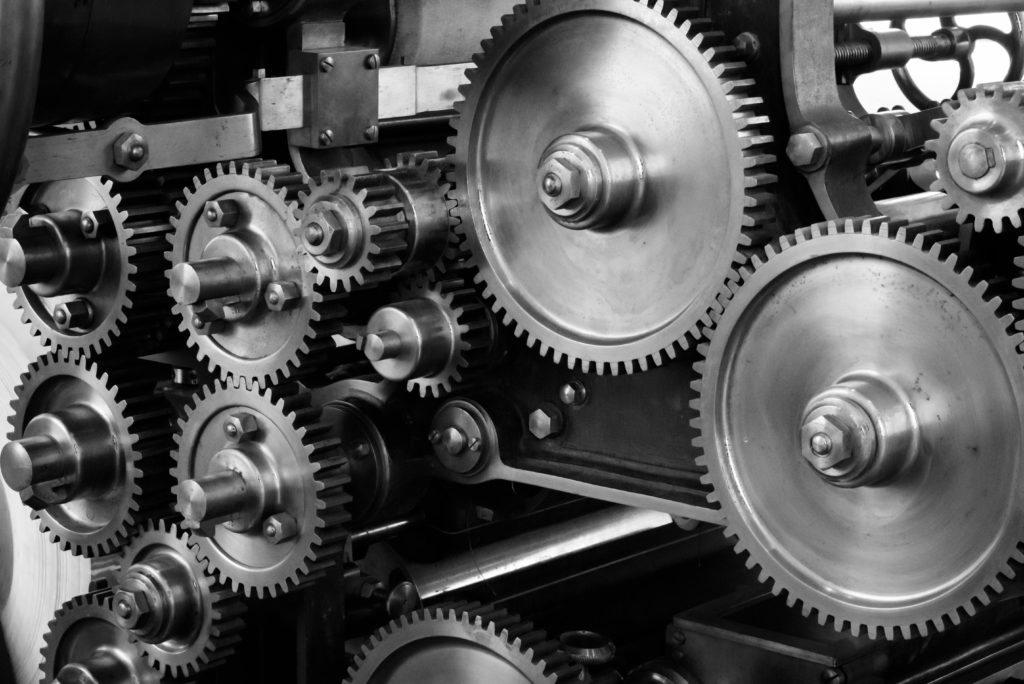
Share this article
Share this article
Computers revolutionized the office place, augmenting our capabilities and saving time on tasks. The next revolution in productivity has arrived, and it’s called RPA. Robotic Process Automation (RPA) is a form of automation technology that uses artificial intelligence (AI) and machine learning to automate repetitive tasks. RPA technology is used in different industries, ranging from financial services to customer service to insurance. A McKinsey survey showed that this technology is rapidly being adopted, with nearly 10% growth in businesses taking actions to automate their processes between 2018 and pre-pandemic 2020. The rapid acceleration of digital transformations that started during the pandemic will only increase the adoption of RPA and other technologies such as remote working and augmented reality.
RPA stands for Robotic Process Automation. While the name might suggest it, RPA does not use human-like physical robots. It is called “robotic” because it uses software robots for business process automation. “Process automation” refers to handling repetitive tasks that the RPA has been programmed to carry out. The RPA automates these processes to a level that requires little human intervention while remaining predictably reliable in terms of quality.
An RPA tool uses automation software to process a high volume of business processes. These are “menial tasks” that are tiring for humans to complete repetitively. Different companies making RPA software include:
What they all have in common is deploying RPA software to automate predictable tasks. While many jobs are too complicated for RPA, almost any industry can benefit from RPA tools in some way.
RPA and AI go hand in hand. RPA software uses AI and machine learning to copy how a human would perform a task. The software uses algorithms and neural networks to study and mimic a human’s work patterns and replicate them. Automation is built for varying levels of human interaction, ranging from human-assisted or completely independent of human assistance. RPA is at the independent end of the spectrum as tasks are simple and follow pre-determined rules. The RPA connects to relevant files in your computer or database to perform its mission. It plans tasks and repeats them regularly according to a schedule.
RPA can automate rule-based processes, including:
These are just a few of the many possibilities that RPA can automate. This flexible technology is used in a wide arrange of industries and use cases. RPA automates certain processes better than others. RPA does not perform critical thinking or creative thinking processes. RPA does not “replace” a human worker but merely frees up time for human employees to focus on more demanding tasks. When appropriately implemented, RPA improves employee productivity while producing high-quality work.

Real-world examples of its implementation are the best way to explain robotic processing automation. There are a wide variety of use cases for this versatile technology. Here are some different use cases where RPA has been deployed in major companies:
In human resources (HR), RPA is deployed for analyzing and sorting résumés and CVs. This implementation of RPA saves time with this repetitive and time-consuming task. It helps a company identify candidates who are the best suited for a particular position. It can also be used to send out offer letters and other documents automatically.
PwC’s 2019 report demonstrates that RPA is already being used in the insurance industry. According to the report, insurance companies are currently using RPA for data & reporting and finance & accounting processes. The potential for RPA exists in different functions, but it has yet to become widespread. The report notes that “Intelligent Process Automation” (IPA) has yet to be considered by most companies. IPA is like RPA but with the ability to perform more complex tasks which require “learning.”
A McKinsey report on Automation in sales shows that managing orders currently has the most potential for Automation. In contrast, the identification and qualification of leads have the lowest. The report highlights RPA uses such as market intelligence gathering, report generation, and pipeline health monitoring in particular. McKinsey surveyed businesses on their implementation of Automation and found that sales and marketing lag behind IT and HR in this metric.
IT is one of the most automated sectors due to its focus on computers and information systems. In IT, RPA is used to automate data processing and other low-value routine tasks. RPA helps sort through large amounts of data that would be impossible for a single human to do.

RPA implementation has many benefits, such as cost savings and allowing your staff to focus on more intellectually stimulating work, thus improving employee morale. It boosts your employee productivity as well as the efficiency of the processes that it automates. This powerful technology saves time on the “grunt work” and allows you to achieve more than a single human is capable of. When humans get tired, they pay less attention and are more prone to make mistakes. RPA removes the room for human error from the equation and increases accuracy. RPA is easy to implement, with a wide array of solutions available. The return on investment (ROI) of RPA is quite fast, usually measured in months and not years.
While RPA is an excellent choice for many use cases, you might want to avoid it in others. When it comes to customer service, humans still have the advantage. A smiling face and empathy are human interactions crucial to the customer experience. Most customer service related tasks are hard to reduce to the kind of predictable calculations that RPA is good at.
When a customer experiences a service failure, humans trained in service recovery need to be there to fix the issue. According to a Kearney study, RPA can save 66% the cost of an offshore employee and 80% of onshore staff costs. But when issues arise and machines malfunction, human intervention is necessary. The most efficient companies using RPA have also integrated video assistance solutions like ViiBE into their workflows.
ViiBE makes it easy to improve the efficiency of the human side of your business. Its entire suite of solutions is designed to save you time and money while capitalizing on the human element of your business. ViiBE’s expertise call routing saves the hassle of finding the right expert for any problem. Its ticketing solution makes it easier to track the customer’s experience and follow up on their feedback.
When it comes to improving your business’ performance, ViiBE shares many of the benefits of RPA. Many huge companies use RPA, but it can benefit small and medium businesses as well. Whether your company’s needs are big or small, ViiBE can adapt to your use case. ViiBE is installation-free and integrates into your existing call center software. If you don’t have existing software, it gives you the flexibility to create a virtual call center customized to your company’s scale and global footprint.
Now more than ever, companies are pushing for a digital transformation in the way they operate. RPA is saving companies money and keeping their employees from spending too much time on repetitive tasks. RPA has yet to reach its full potential in many industries and is an excellent fit for many use cases. Still, robots won’t be replacing us quite yet. The human element remains crucial to customer service interactions. Tools like ViiBE help you improve productivity and cut costs while covering the gap that RPA and other automation technologies can’t handle.